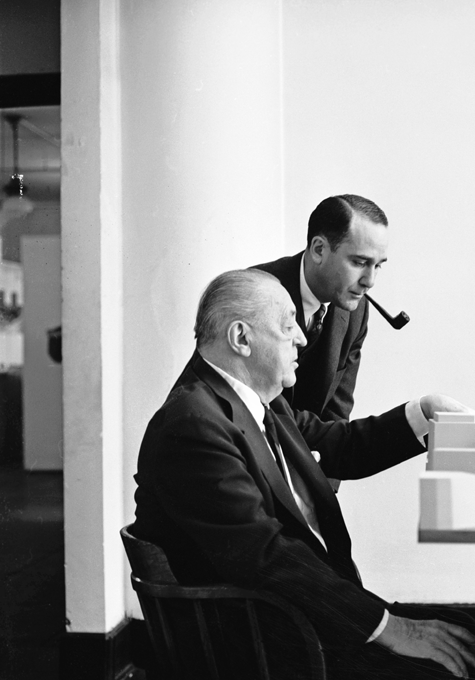
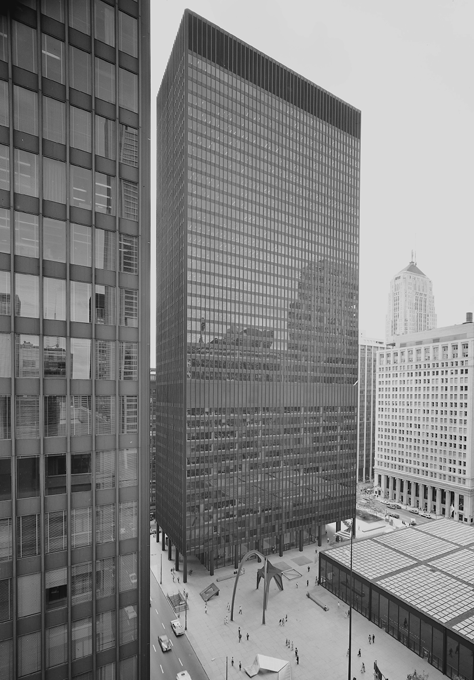
Mies van der Rohe
A Critical Biography, New and Revised Edition
Franz Schulze and Edward Windhorst
The University of Chicago Press
CHICAGO AND LONDON
Franz Schulze is the Hollender Professor of Art Emeritus at Lake Forest College. His many books include Philip Johnson: Life and Work and, as coauthor, Chicagos Famous Buildings, the latter also published by the University of Chicago Press.
Edward Windhorst studied architecture with Myron Goldsmith at the Illinois Institute of Technology. He has written two books about modernism in Chicago.
The University of Chicago Press, Chicago 60637
The University of Chicago Press, Ltd., London
2012 by The University of Chicago
All rights reserved. Published 2012.
Printed in the United States of America
21 20 19 18 17 16 15 14 13 12 1 2 3 4 5
ISBN-13: 978-0-226-75600-4 (cloth)
ISBN-13: 978-0-226-75602-8 (e-book)
ISBN-10: 0-226-75600-9 (cloth)
ISBN-10: 0-226-75602-5 (e-book)
Library of Congress Cataloging-in-Publication Data
Schulze, Franz, 1927
Mies van der Rohe : a critical biography / Franz Schulze and Edward Windhorst.New and revised edition.
pages. cm.
Includes bibliographical references and index.
ISBN 978-0-226-75600-4 (hardcover : alkaline paper)
ISBN 0-226-75600-9 (hardcover : alkaline paper)
ISBN 978-0-226-75602-8 (e-book)ISBN 0-226-75602-5 (e-book)
1. Mies van der Rohe, Ludwig, 18861969. 2. ArchitectsBiography. 3. Architecture, Modern20th century. I. Windhorst, Edward. II. Title.
NA1088.M65S38 2012
720.92dc23
[B]
2011050382
 This paper meets the requirements of ANSI/NISO Z39.48-1992 (Permanence of Paper).
This paper meets the requirements of ANSI/NISO Z39.48-1992 (Permanence of Paper).
Contents
Illustrations
Preface
A quarter century has passed since the 1985 release of Mies van der Rohe: A Critical Biography, by Franz Schulze. In the intervening years, so much new material has emerged that it is time for this new and expanded edition, by coauthors Schulze and architect Edward Windhorst. Our text addresses its subject in substantially different form from other recent scholarship on Mies. Most important is our analytical and critical commentary on his built and unbuilt work. We subject Miess buildings and projects to sometimes intensive examination, chiefly from an architects perspective and only secondarily in the context of a broader art historical narrative. And while we believe in the excellence of Miess building art, we offer negative assessments where called for.
In matters biographical, we have uncovered facts that significantly extend and clarify what is known of Miess career. By our own efforts, and with the help of colleaguesand happy accidentwe have identified the architects earliest known drawings, studies for the design of his first house. And in a major find that corrects and illuminates the story of one of the architects seminal buildings, the Farnsworth House, we have for the first time located and analyzed the transcript of the famous trial that pitted Mies against his client, Edith Farnsworth. The struggle that played out in the courtroom of a small Illinois town during the early 1950s is brought to life in this document, which discloses new information about Miess design intentions, the history of the house, and the relationship of architect to client. The six hundred pages of Miess transcribed testimony constitute an unequaled cache of his talk and thinking.
Our new and revised edition addresses a number of topics touched on slightly or not at all in the first: details of the relationship between Mies and the developer Herbert Greenwald; the workings of Miess American office and the role played by significant figures in his employ, among them Bruno Conterato, Edward Duckett, Joseph Fujikawa, Myron Goldsmith, Dirk Lohan, and Gene Summers; the activity of fellow faculty in Germany and Chicago, Ludwig Hilberseimer, Walter Peterhans, and Alfred Caldwell; the character of Miess commitment to architectural education and his effectiveness as a teacher; his understanding of the arts of painting and sculpture, with special attention to his collecting; and information, newly learned, about his family and romantic attachments. We also use significant additional material from candid interviews with Miess American companion, Lora Marx, conducted by one of us (Schulze). We have much more to say in this edition about Miess personal and professional relationship with his colleague Lilly Reich; about his well-known interest in philosophy; and about the intellectual background of his European years. Our closing chapter treats Miess personality and character as perceived by his American students, colleagues, friends, and adversaries, and a major appendix examines some of the best buildings of his most important students and followers. A second appendix recounts and assesses the history of Miess reception by scholars and in exhibitions, while finally, a brief after-word lists the most important publications with Mies as subject.
We have undertaken this project respectful of other major publications with Mies as principal subject. They include Ludwig Mies van der Rohe: Furniture and Furniture Drawings from the Design Collection and the Mies van der Rohe Archive, the Museum of Modern Art (1977), by Ludwig Glaeser; Mies van der Rohe: The Villas and Country Houses (1985), by Wolf Tegethoff; The Mies van der Rohe Archive, an illustrated catalog of the Mies drawings in the Museum of Modern Art, in twenty volumes, four edited by Arthur Drexler (1986) and sixteen by one of us (Schulze) and George E. Danforth (1990, 1992); and Fritz Neumeyers The Artless Word: Mies van der Rohe on the Building Art (1991). We are also indebted to substantial volumes that accompanied exhibitions: Mies in Berlin (2001), edited by Terence Riley and Barry Bergdoll, and Mies in America (2001), edited by Phyllis Lambert.
Our own work occupies what we believe to be a unique place in Miesian scholarship. The above-mentioned studies have each concentrated on specific aspects of the Mies story rather than all of it. This book concerns itself in depth with the man and his architecture. Insofar as Mies can be treated in a single volume, we have attempted to be synoptic.
Prologue
The subject of this study is the most remarkable two-act career in modern architecture. By the late 1920s, still in his early forties, Ludwig Mies van der Roheborn Maria Ludwig Michael Mies, third son of a provincial stonemasonhad become the leading architectural representative of Germanys avant-garde. A combination of talent, will, and extraordinary self-education had already produced two of the architectural masterpieces of the twentieth century: the German Pavilion of the Barcelona International Exposition (1929), commonly known as the Barcelona Pavilion, and the Tugendhat House in Brno, Czechoslovakia (1930).
As it turned out, these two buildings were the last material triumphs of a European career that would last almost another decade. During that span a world economic crisis and the related rise of German National Socialism destroyed the modernist program in central Europe. By the mid-1930s, his professional future in grave doubt, Mies could no longer afford to ignore invitations tendered by academic institutions outside Germany. In 1938 he finally accepted a faculty position in Chicago. Yet sudden and unexpected pressure from the Gestapo turned an orderly move into a race for the border.
Next page

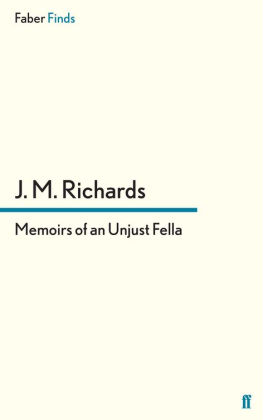
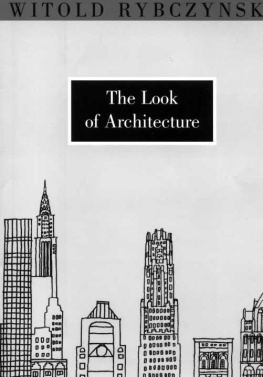
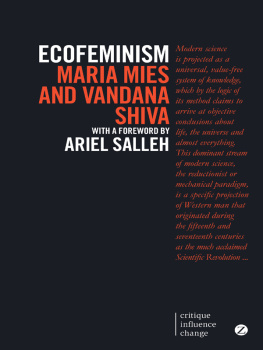
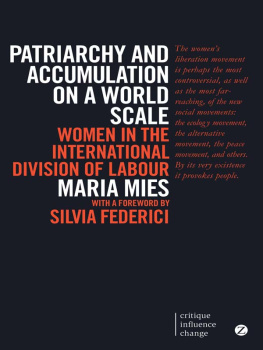


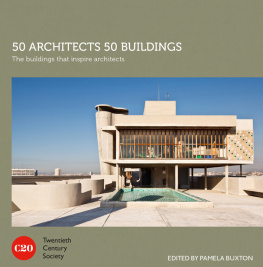
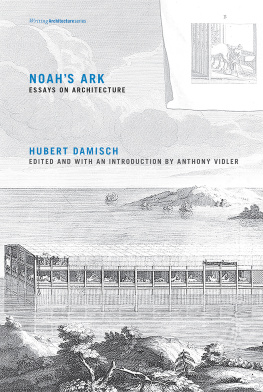


 This paper meets the requirements of ANSI/NISO Z39.48-1992 (Permanence of Paper).
This paper meets the requirements of ANSI/NISO Z39.48-1992 (Permanence of Paper).